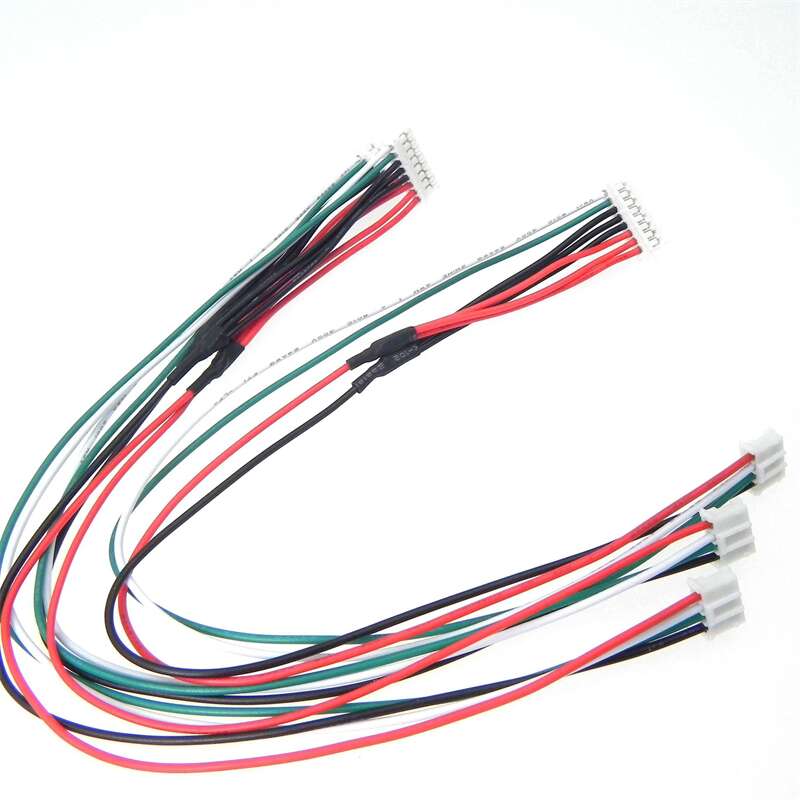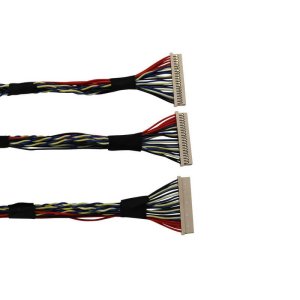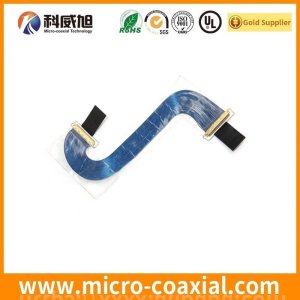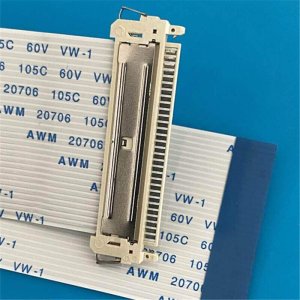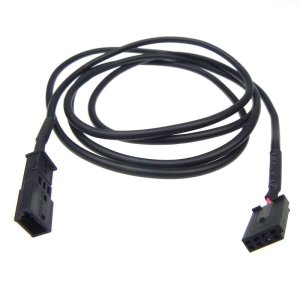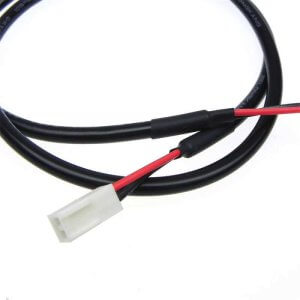Optical Fiber Communications Cable Assemblies
The Benefits of Using Optical Fiber Communications Cable Assemblies in Telecommunications Networks Optical fiber communications cable assemblies are becoming increasingly popular in telecommunications networks due to their many advantages. These assemblies are composed of optical…
Table of Contents
The Benefits of Using Optical Fiber Communications Cable Assemblies in Telecommunications Networks
Optical fiber communications cable assemblies are becoming increasingly popular in telecommunications networks due to their many advantages. These assemblies are composed of optical fibers, connectors, and other components that allow for the transmission of data over long distances. The use of optical fiber communications cable assemblies in telecommunications networks offers a number of benefits, including improved signal quality, increased bandwidth, and reduced costs.
One of the primary benefits of using optical fiber communications cable assemblies in telecommunications networks is improved signal quality. Optical fibers are composed of glass or plastic and are capable of transmitting data over long distances with minimal signal loss. This means that data can be transmitted over long distances with minimal interference, resulting in improved signal quality. Additionally, optical fibers are immune to electromagnetic interference, which can cause signal degradation in traditional copper cables.
Another benefit of using optical fiber communications cable assemblies in telecommunications networks is increased bandwidth. Optical fibers are capable of transmitting data at much higher speeds than traditional copper cables, allowing for more data to be transmitted over a given distance. This increased bandwidth can be used to support more users or to provide faster speeds for existing users.
Finally, using optical fiber communications cable assemblies in telecommunications networks can reduce costs. Optical fibers are much thinner than traditional copper cables, allowing for more cables to be installed in a given space. This reduces the amount of space needed for installation, resulting in lower installation costs. Additionally, optical fibers are more durable than copper cables, meaning they require less maintenance and can last longer. This can result in significant cost savings over the life of the network.
| Wiring Harnesses High Reliability | Molded Wire Harness | MIPI Lcd Cable |
| MIPI 20 Cable | Wiring Harness For Factory | Prototype Wire Harness |
| MIPI Lcd Cable | 40 Pin LVDS Connector Pinout | Professional Wire Harness |
| Gold-Plated Rca Cable Assemblies Factory | Wiring Harness Manufacturing Process Video | 2003 Acura Tl Factory Stereo Wiring Harness |
In conclusion, optical fiber communications cable assemblies offer a number of benefits for telecommunications networks. These assemblies provide improved signal quality, increased bandwidth, and reduced costs, making them an attractive option for many networks.
Understanding the Different Types of Optical Fiber Communications Cable Assemblies and Their Applications
Optical fiber communications cable assemblies are an essential part of modern communication networks. They are used to transmit data over long distances, and are capable of carrying large amounts of data at high speeds. There are several different types of optical fiber communications cable assemblies, each with its own unique characteristics and applications.
The most common type of optical fiber communications cable assembly is the single-mode fiber. This type of cable is made up of a single strand of glass fiber, and is used for long-distance communication. It is capable of carrying large amounts of data at high speeds, and is often used in telecommunications networks.
Another type of optical fiber communications cable assembly is the multi-mode fiber. This type of cable is made up of multiple strands of glass fiber, and is used for shorter distances. It is capable of carrying smaller amounts of data at lower speeds, and is often used in local area networks.
The third type of optical fiber communications cable assembly is the hybrid fiber. This type of cable is made up of both single-mode and multi-mode fibers, and is used for both long-distance and short-distance communication. It is capable of carrying large amounts of data at high speeds, and is often used in both telecommunications networks and local area networks.
Finally, the fourth type of optical fiber communications cable assembly is the ribbon fiber. This type of cable is made up of multiple strands of glass fiber, and is used for short-distance communication. It is capable of carrying small amounts of data at lower speeds, and is often used in local area networks.
Each type of optical fiber communications cable assembly has its own unique characteristics and applications. Understanding the different types of optical fiber communications cable assemblies and their applications can help you make the best choice for your communication needs.
